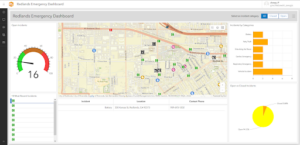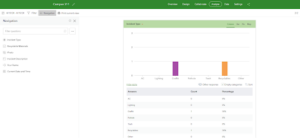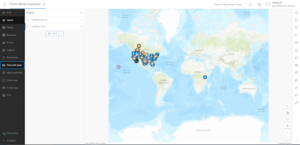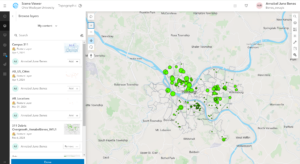I think that the real time aspect of WebGIS is really cool. It has the ability to update the position and location of an object as it moves spatially. This is made possible by the use of mobile phones, sensors, and the internet creating an abundance of data that is found in real time. To get more specific, the real time data is referred to as spatiotemporal data and it is found by observations of objects and events while they move or change through time. The book gives the example of when something is located and where it is located. This type of data has four main categories: moving, discrete, stationary, and change. Moving data can be considered as something that moves locations over time. This consists of objects like airplanes, buses, cars, etc. The second category of discrete data are just by chance occurrences. The book states that they are something that “just happens” and examples can be anything from criminal incidents to geotagged Instagram posts. The third kind of data is stationary. This kind of data is something that stays in one space, however, the value that it contains changes. The book gives examples of wind speed and direction and also water level gauges. The fourth data type is change. As the name suggests, these data are those that change or grow throughout time. The book gives the examples of wildfires, floods, urban sprawl, and LULC change. These categories of data are updated in two different ways: point in time or duration of time. Point in time references the one moment an event occurs and are usually put in a single attribute field. Duration of time is typically when something starts and ends. These types of recordings are usually recorded using two different attribute fields, one for starting and ending.
For this section of the book, I would like to create a map that students would be able to use to look at reported crimes on campus. Students would be able to send in an instance, and the instance would then show up on the map and use an icon that would represent it. For example, a stolen bike would have a bike symbol, and gun shots could have a gun symbol. This would use discrete data and the time would be recorded as a point of time.











